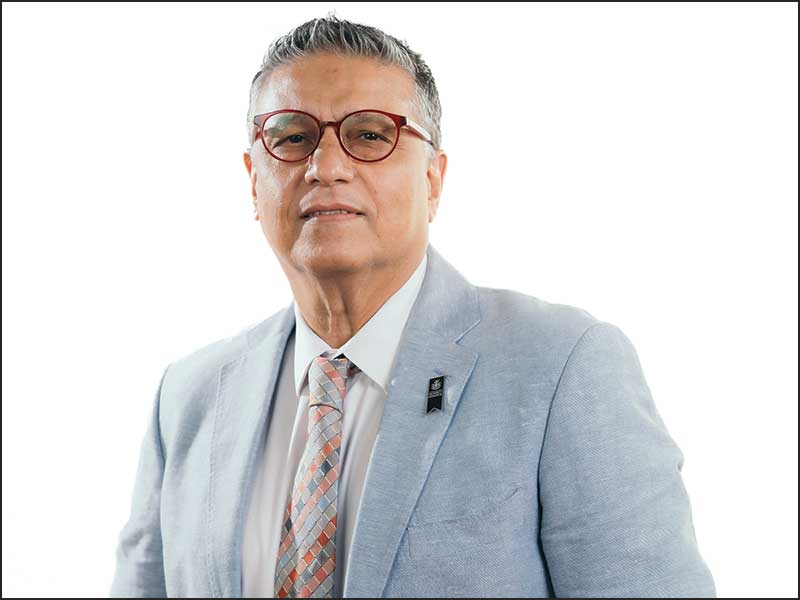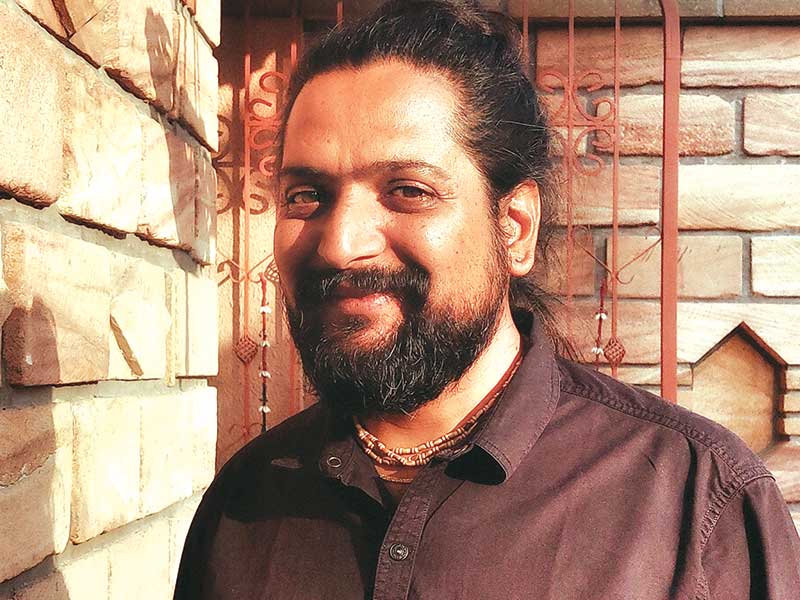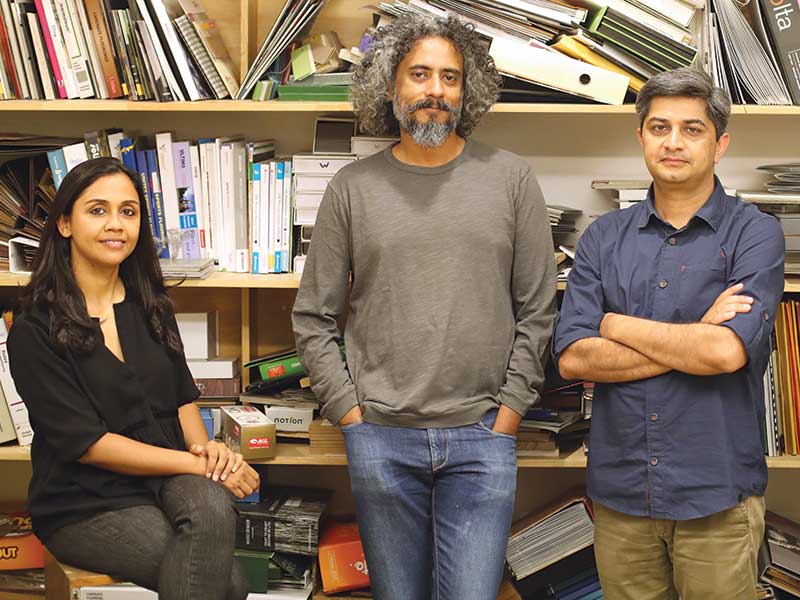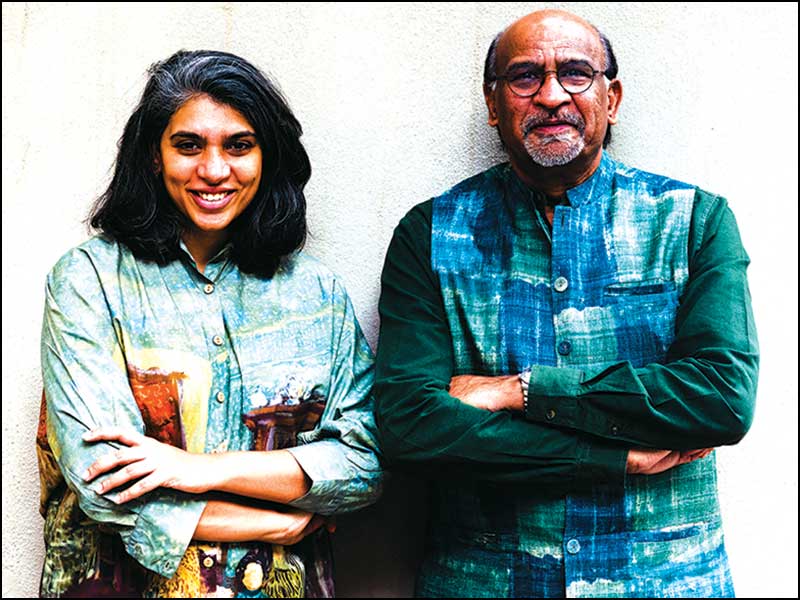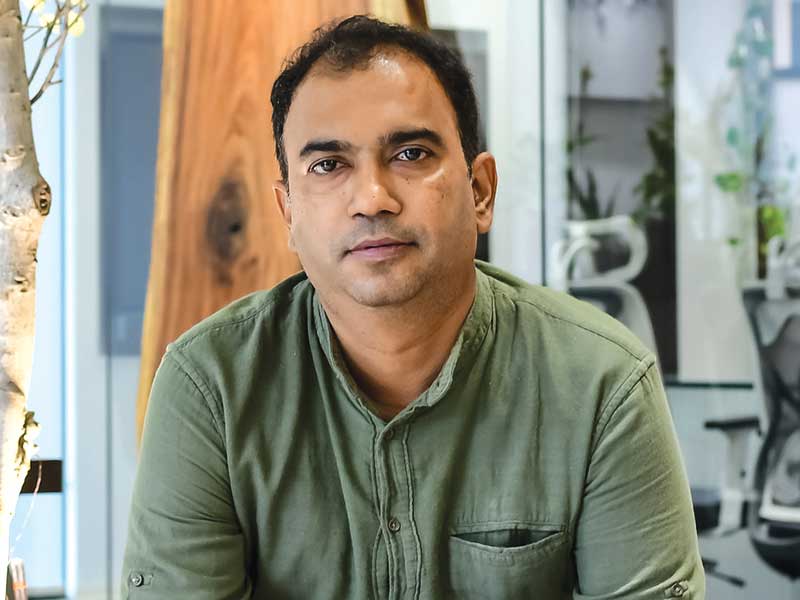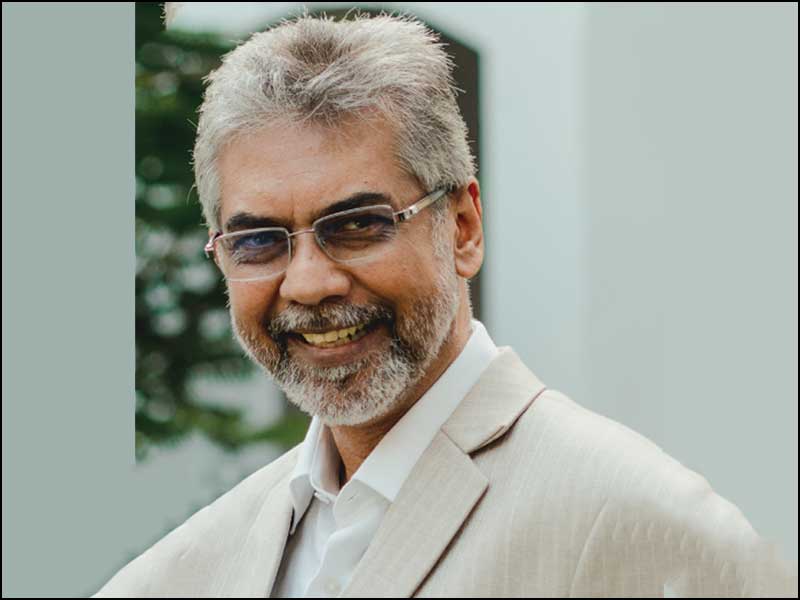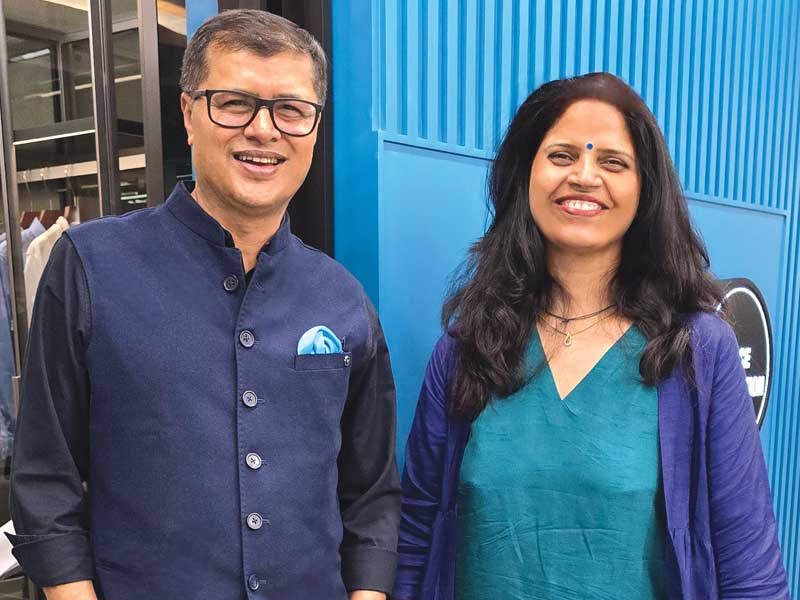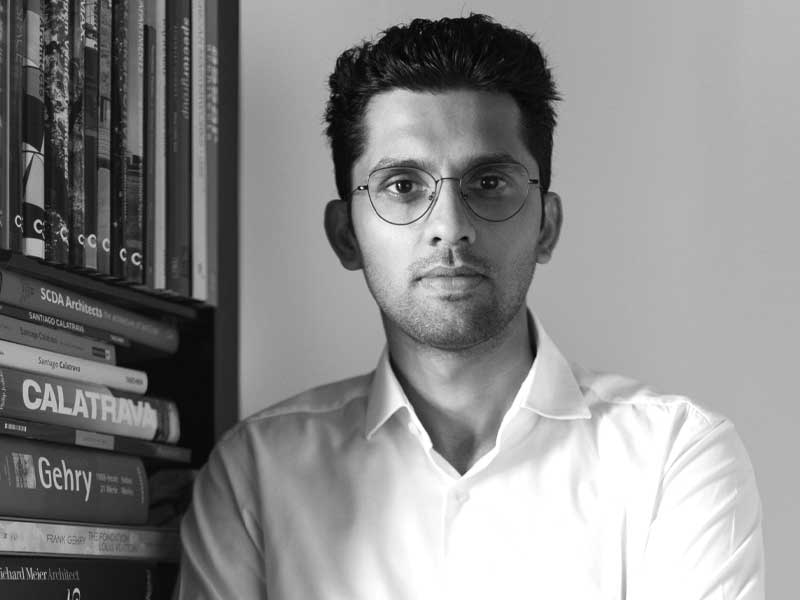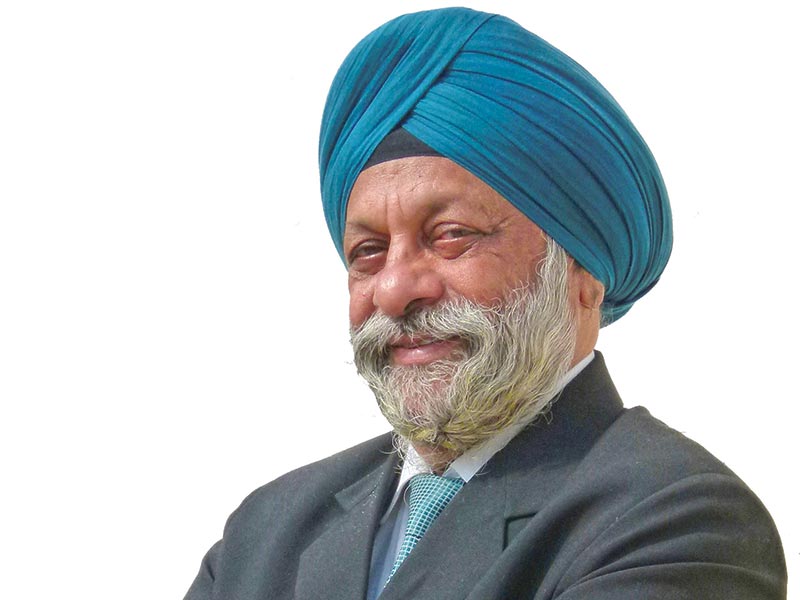
The fast pace of urbanisation, particularly in our existing cities, is creating a huge pressure on the infrastructure, which perhaps, is being temporarily resolved by layering the cities with multiple modes and grades of transportation, resulting in inhuman and unplanned growth.
One can learn from the green city of Chandigarh, planned and designed by Le Corbusier, where spaces and built forms are based on socio-economic, historical and cultural aspects, and human scale has been visualized. But with such urbanised growth, perceiving architecture of the future is a Herculean task and a professional challenge.
Blind global imitation and intervention as adopted in Gurugram, Bengaluru and New Mumbai are alarming trends of architecture that are suicidal to Indian society, culture and heritage. The trends of the last 30 years are leading to developing fusion and confusion architecture, which, if not professionally visualised, could lead to conflicting urban growth. Holistic city development needs a pragmatic approach by the government.
Software tools help in understanding buildings at the conceptual stage and minimize errors.
Technologies such as BIM, Rhino, etc. are changing the way architecture is being conceptualized, designed and implemented and have become vital to create perfection and accuracy in design and construction interface. These are helpful resources in understanding the holistic behaviour of buildings at the conceptual stage and can minimize errors and unforeseen deficiencies. These tools can give varied and multiple operations that are not limited to one solution and thereby help in changing the architecture of tomorrow.
Technology can mould traditional materials to create excitement.
Traditional materials such as brick, stone, bamboo, mud, and timber are the backbone of any development around the globe. But technology can change the face of architecture by way of major construction trends and mould the traditional materials in such a manner as to create excitement and behavioural changes. One of the very true expressions of bamboo is reflected in the exterior and interior of the newly constructed Terminal Building at Agaratala Airport by Ar. Gurpreet Shah, Principal Architect at Creative Group. A perfect blend of modern and vernacular architecture, this contemporary form sees the use of bamboo in ceilings, wall panels, murals, artifacts, partitions, etc.
 Agartala Airport
Agartala AirportNo doubt, glass, steel and other composite materials such as ACP, GFRC, etc. are the materials of tomorrow as they are most versatile and through the process of development are now looked upon as structural materials even for large span structures. One of the greatest examples of glass and steel is the Avian, a true expression of steel at the Raipur Airport.
Market pressure in terms of urbanised growth will push forward new construction techniques.
Construction techniques such as Precast, PEB, Drywall, etc shall well and truly be the trend setters for the architecture of tomorrow. The tremendous market pressure in terms of urbanised growth shall push forward such techniques. India lacks in housing, slum upgradation, rural development, low income group habitats, etc. wherein the precast and prefabricated construction is exclusive operation particularly in India so as to catch up with the speed of delivery vs. demand.
Project sizes have multiplied manifold and the biggest challenge is dearth of skilled workforce, equipment and qualified professionals.
The architecture and construction industry is facing many changes and challenges, the biggest one being environmental sustainability. The construction industry is responsible for 25-40% of the carbon emissions on a global scale. In the Indian perspective, this is even more pressing, as even today, traditional means of manufacturing and construction is a large part of the process.
Climate change and environment is a global agenda and governments across the world are pushing towards environmentally sustainable practices. New norms and regulations require companies to become more technology advanced and acquire skilled manpower. Caring about the environment is no more just a social obligation but a legal requirement.
The scale and magnitude of project sizes have multiplied manifold and the biggest challenge in the building industry is lack of skilled workforce, equipment and dearth of qualified professionals to visualize and implement works of such magnitude. Therefore, there arises a need for more professional institutions to train the workforce as well as the technical professionals so that we can achieve the best quality along with project and time management. India has a long way to go in infrastructure and urban development to be able to meet the demands of an ever-growing nation.

